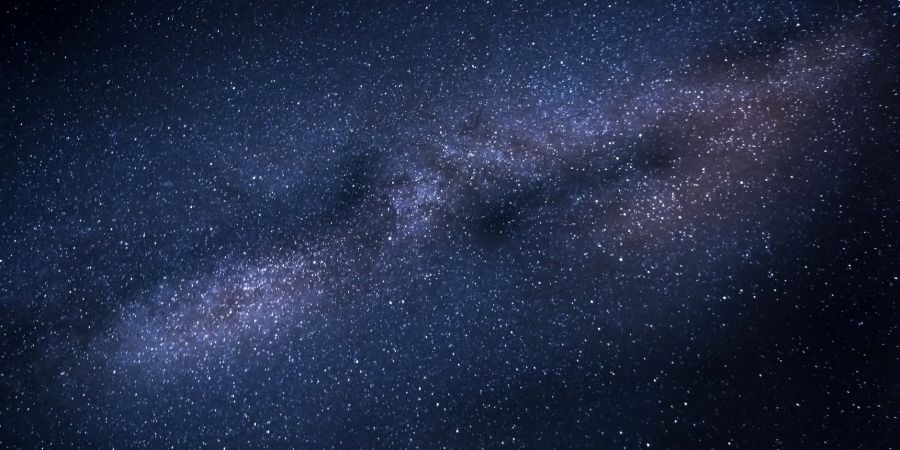

An extrasolar planet named TOI-1452 b was as of late found by a worldwide group of specialists drove by Charles Cadieux, an alumni understudy at the Université de Montréal and individual from the Institute for Research on Exoplanets (iREx).
extrasolar or exoplanets are any planets past our planetary group. Most exoplanets circle different stars like Earth does with our sun, yet free-drifting exoplanets (or rebel planets) circle the cosmic focus and are untethered to any star. TOI-1452 b is around 100 light-years from planet Earth and is circling a red small star in a parallel star framework situated in the Draco star grouping. It is somewhat greater than Earth in both in size and mass and is possibly rough. TOI-1452 b's temperature is Goldilocks' idea of "perfectly," since fluid water could exist on its surface because of the planet's separation from its star.
The group accepts that TOI-1452 b could be an "sea planet." These sorts of clammy heavenly bodies are totally covered by a thick layer of water, similar to a portion of Jupiter's moons and Saturn's moons. As indicated by cosmologists, a portion of the as of late distinguished exoplanets have a thickness that must be made sense of assuming an enormous part of their mass is comprised of lighter materials than the ones that make up the inside construction of the Earth. Water is the essential suspect.
"TOI-1452 b is one of the most mind-blowing contender for a sea planet that we have found to date," Cadieux said in a proclamation. “Its sweep and mass recommend a much lower thickness than what one would expect for a planet that is essentially comprised of metal and rock, similar to Earth.”
The group previously got on TOI-1452 b's path through NASA's Transiting Exoplanet Survey Satellite (TESS), a space telescope that scans the whole sky for planetary frameworks near our own. As per the review, the TESS signal showed a slight reduction in brilliance like clockwork, persuading space experts to think that the exoplanet is around 70% bigger than Earth because of this fast circle time. As per NASA, one "year" on TOI-1452 b is just 11 days, since it requires that measure of investment to circle its star. The red small star is more modest and cooler than our sun, so TOI-1452 b gets comparably much light as what Venus gets from the sun. Cadieux and a gathering of cosmologists follow-up TESS perceptions with ground based telescopes to affirm the planet type and different qualities.








